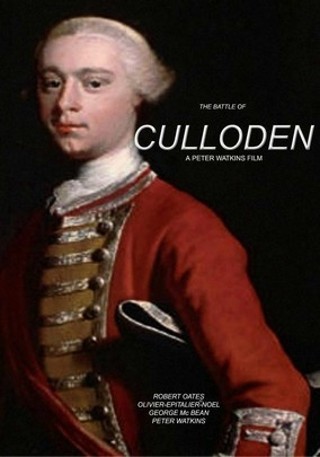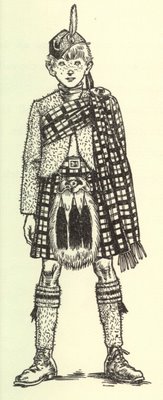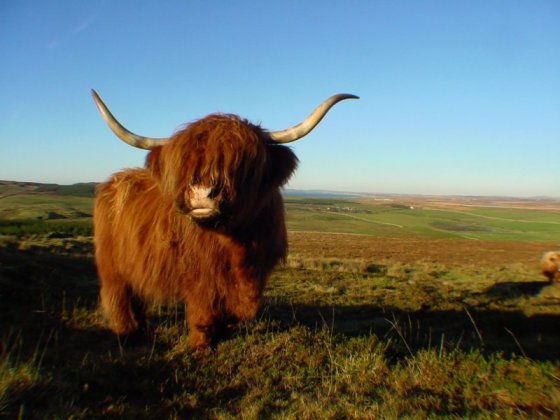I stayed up too late last night watching back-to-back episodes of “Finding Your Roots With Dr. Henry Louis Gates“.
I admit that the first time I’d ever heard of Gates was a couple years back when he unwisely got into a bit of a kerfluffle with a Cambridge police officer, and was surprised to note that some of my African-American friends definitely knew who he was and had the highest degree of respect for him.
So hearing he was making a show about famous people tracing their family’s history certainly sounded intriguing to me. I just had no idea how well produced it would be or how much I would learn about the history of this country in one short episode.
Many of the individuals featured on the show are African-Americans, and the history of their race in this country is obviously very complex and one that I really did not pay that much attention to. For example, one one of the shows I watched last night they featurued Congressman John Robert Lewis from Georgia.
I was aware of who he was based upon the fact that I’d seen him multiple times on the news apparently associating with race-hucksters like Al Sharpton and Jesse Jackson. I also had an awareness that he’d been beaten by law enforcement during the 1965 march from Selma to Montgomery, AL. However, I’d had no idea regarding his association with MLK, nor the fact of how a poor farmer’s son from Troy became such an articulate young proponent of equal voting rights for all Americans.
He was giving speeches at 25 that would put more accomplished speakers to shame.
The other interesting thing about the show was how most African-Americans living today:
1. Generally have a relatively high percentage of European blood in them due to miscegination between slaves and their white masters.
2. Have a belief that they have less European blood in them than they do “Cherokee” or other Native American blood.
3. Cannot in general trace their family history much further back than the 1870 census because of the lack of existence of records regarding slaves.
I have come to realize through the course of my research associated with this blog that I am VERY fortunate. In a very short period of time, I’ve been able to learn so much about where I came from. Things that I had previously never thought about and things that I believed would be impossible to know.
For example, I know that my Great Great Great Great Great Great Grandfather on my father’s father’s side, George Lowrey, was a Scotsman who married a Cherokee woman in Tennessee in 1767. None of the African-Americans featured on last night’s show could trace their ancestry any farther back than 1850, and that in itself was a small miracle.
Last night I learned for the first time with clarity, that there is an entire race of people whose history is unknown and will remain unknowable, short of mass DNA testing.
I consider myself very lucky to know a bit of where I came from. To paraphrase what John Lewis said on the show last night when he joyously found out that one of his African-American ancestors was able to vote for the first time in 1867, a right that he had to fight for 100 years later, “Imagine if everyone else in the world would have this opportunity to find out how interconnected we all are and where we came from.”










